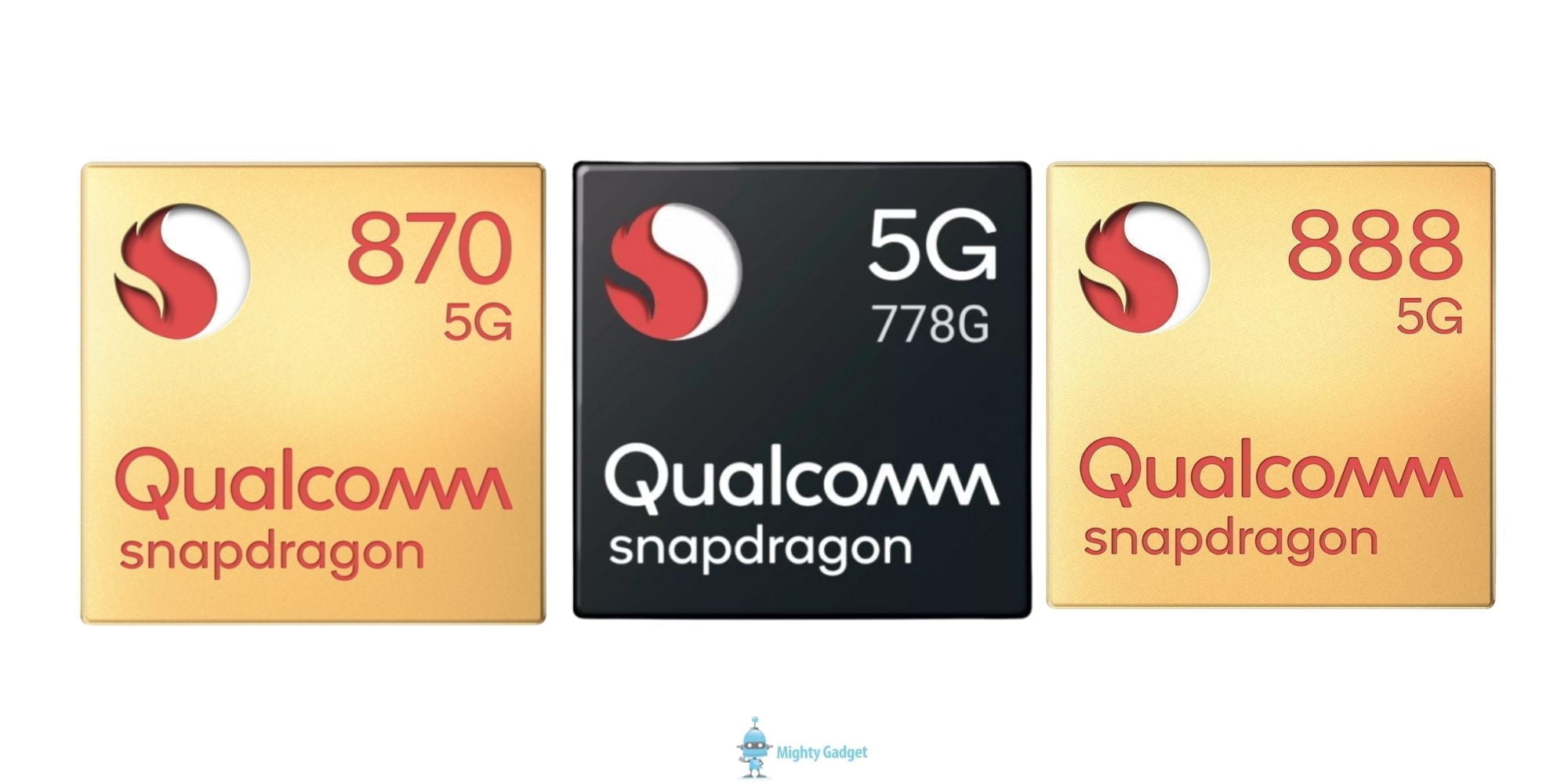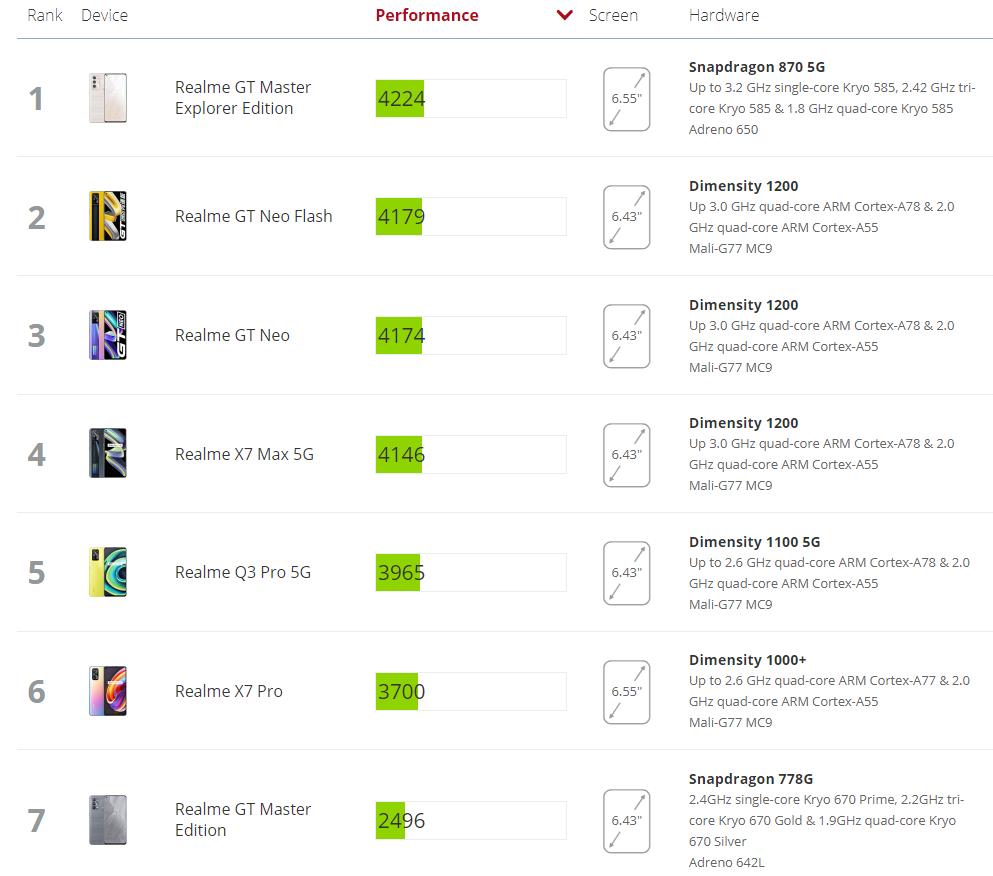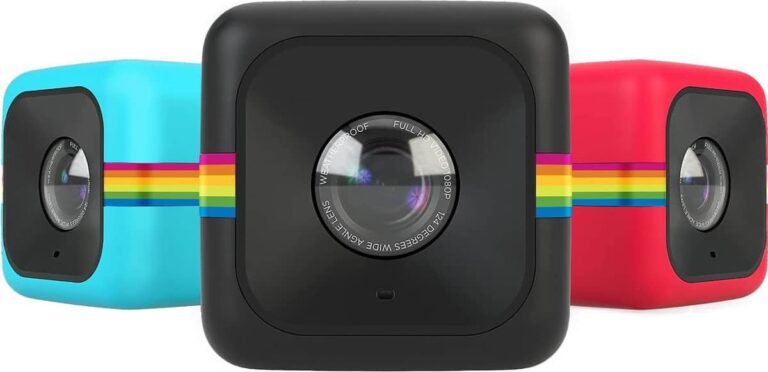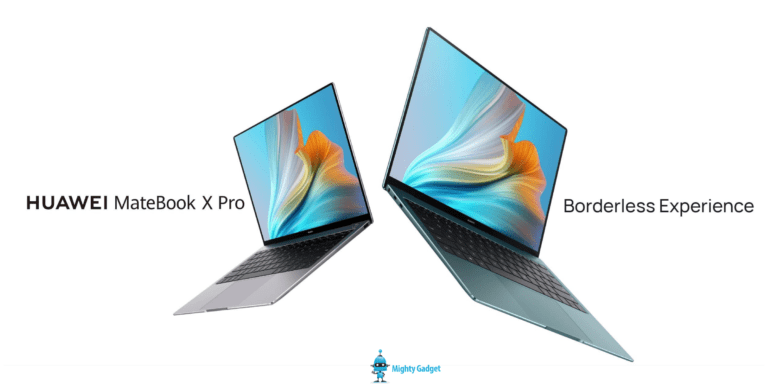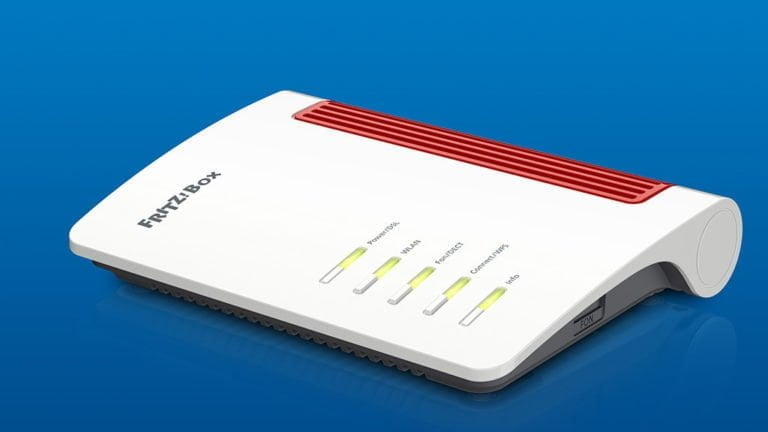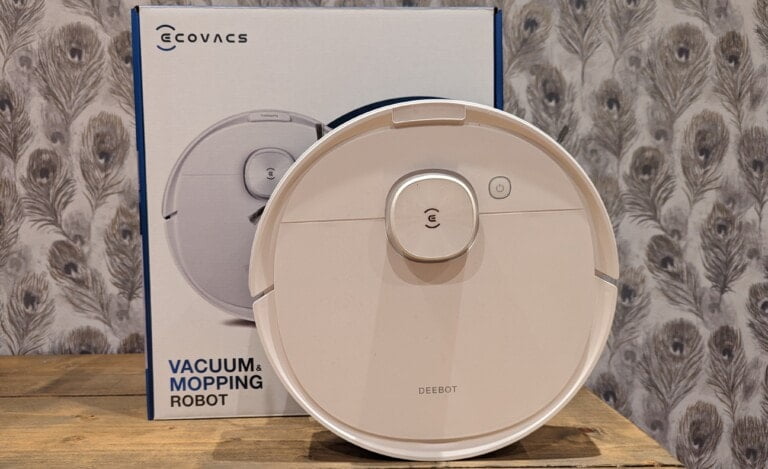Any links to online stores should be assumed to be affiliates. The company or PR agency provides all or most review samples. They have no control over my content, and I provide my honest opinion.
The Realme GT Master series has launched with two relatively new chipsets from Qualcomm, and this year, Qualcomm have a LOT of chipset options, which can make things a little confusing.
Just a few years ago, you used to be able to define the status of a phone by what chipset it used. The Snapdragon 8 series was flagship, and 7 series was upper-mid-range.
Companies like Xiaomi and Realme changed this dynamic, launching affordable phones with flagship chipsets, and now with so many Qualcomm and Mediatek options on the market, there are no clear lines about what defines a phone.
This year, for Qualcomm, you have:
- 8-Series
- Snapdragon 888+
- Snapdragon 888
- Snapdragon 870
- Snapdragon 860
- 7-Series
- Snapdragon 780G
- Snapdragon 750G (launched last year but being used on phones launched this year)
- Snapdragon 732G (launched Q3 2020)
Companies are also still launching phones with the SD765G.
So how do Qualcomm’s latest chipsets perform? Most of these benchmarks have been taken from the official benchmark websites rather than using my own results.
Qualcomm Snapdragon 778G vs SD888 vs SD870 vs SD765G Specifications
| Qualcomm | SD888 | SD870 | SD778G | SD765G |
| CPU | 1x 2.84GHz (Cortex-X1) 3x 2.4GHz (Cortex-A78) 4x 1.8GHz (Cortex-A55) | 1x 3.2GHz (Cortex-A77) 3x 2.4GHz (Cortex-A77) 4x 1.8GHz (Cortex-A55)) | 1x 2.4GHz (Cortex-A78) 3x 2.2GHz (Cortex-A78) 4x 1.8GHz (Cortex-A55) | 1x ARM Cortex-A76 @ 2.3GHz 1x ARM Cortex-A76 @ 2.2GHz 6x ARM Cortex-A55 @ 1.8GHz |
| GPU | Adreno 660 | Adreno 650 | Adreno 642L | Adreno 620 |
| Fabrication Process | 5nm | 7nm FinFET | TSMC’s 6nm | Samsung 7nm |
Qualcomm Snapdragon 778G vs SD888 vs SD870 vs SD765G Benchmarks
Antutu v9
- Snapdragon 888: 816887
- Snapdragon 870: 680663
- Snapdragon 778G: 519947
- Snapdragon 765G: 408739
The SD888 clearly dominates this benchmark (and all others), scoring 20% higher than the SD870 sitting just below it.
There is then a 30% difference moving from the SD778G to the SD870, which is worth considering when looking at the Realme GT Master vs the GT Explorer Master.
The Snapdragon 778G offers a decent 27% uplift in performance vs the SD765G of last year. There was the SD768G, too, but that wasn’t used on many phones.
Geekbench
- Snapdragon 888: 1136/3434
- Snapdragon 870: 985/3143
- Snapdragon 778G: 789/2930
- Snapdragon 765G: 621/1924
Similar results with Geekbench, though the multi-core results are closer, which is due to all the chipsets uses the Arm Coretex A55 for the power-efficient cores. The one notable difference is the 52% increase in performance from the SD765G to the SD778G, this is due to the shift in design switching from six small cores down to four.
For the single-core results:
The SD888 leads the way being 15% higher than the SD870.
The SD870 offers quite a large performance advantage over the SD768G with almost a 25% difference.
Similarly, the SD778G represents a significant improvement from the older SD765G with a 27% increase (plus the 52% increase across all cores).
3DMark WildLife & Thermal Throttling
- Snapdragon 888: 5850 High, 3234 Low, 55.3% stability
- Snapdragon 870: 4256 High, 4220 Low, 99.2% stability
- Snapdragon 778G: 2497 High, 2477 Low, 99.2% stability
- Snapdragon 765G: 1676 High, 1665 Low, 99% stability
This is where things get more interesting and complex.
The Snapdragon 888 has the ability to outclass all other chipsets with a massive 37% advantage over the Snapdragon 870. However, all that power generates lots of heat, and this causes stability issues. So the lowest result from the SD888 is lower than the lowest result of the SD870, with an embarrassing 23% performance gap.
In terms of real-life usage, if that will ever have an effect is a different question. In general, most people will never notice a performance dip.
For gamers or anyone doing anything CPU & GPU intensive on their phone, investing in a SD870 based phone could be wise. There is a huge 70% gap in performance, and both chipsets have almost no degradation in performance.
Then the older SD765G sits almost 50% behind the SD778G.
PCMark
- Snapdragon 888: 12276
- Snapdragon 870: 12091
- Snapdragon 778G: 9195
- Snapdragon 765G: 7757
PCMark results are highly variable between phones, it really depends how a particular manufacturer optimises the chipset for each task.
Realme used to score suspiciously high results with the clock speeds barely changing. They not appear to use a much more balanced approach to their CPU frequencies.
Overall
In my opinion, the Snapdragon 870 is probably the best chipset choice this year, it has more than enough performance for anyone’s needs while not suffering from poor power efficiency or battery issues.
The Snapdragon 778G offers a massive uplift in performance from last years 7-series chipsets, so in that respect, it is superb. I just feel like the SD870 offers a lot more bang for your buck.
I am James, a UK-based tech enthusiast and the Editor and Owner of Mighty Gadget, which I’ve proudly run since 2007. Passionate about all things technology, my expertise spans from computers and networking to mobile, wearables, and smart home devices.
As a fitness fanatic who loves running and cycling, I also have a keen interest in fitness-related technology, and I take every opportunity to cover this niche on my blog. My diverse interests allow me to bring a unique perspective to tech blogging, merging lifestyle, fitness, and the latest tech trends.
In my academic pursuits, I earned a BSc in Information Systems Design from UCLAN, before advancing my learning with a Master’s Degree in Computing. This advanced study also included Cisco CCNA accreditation, further demonstrating my commitment to understanding and staying ahead of the technology curve.
I’m proud to share that Vuelio has consistently ranked Mighty Gadget as one of the top technology blogs in the UK. With my dedication to technology and drive to share my insights, I aim to continue providing my readers with engaging and informative content.

